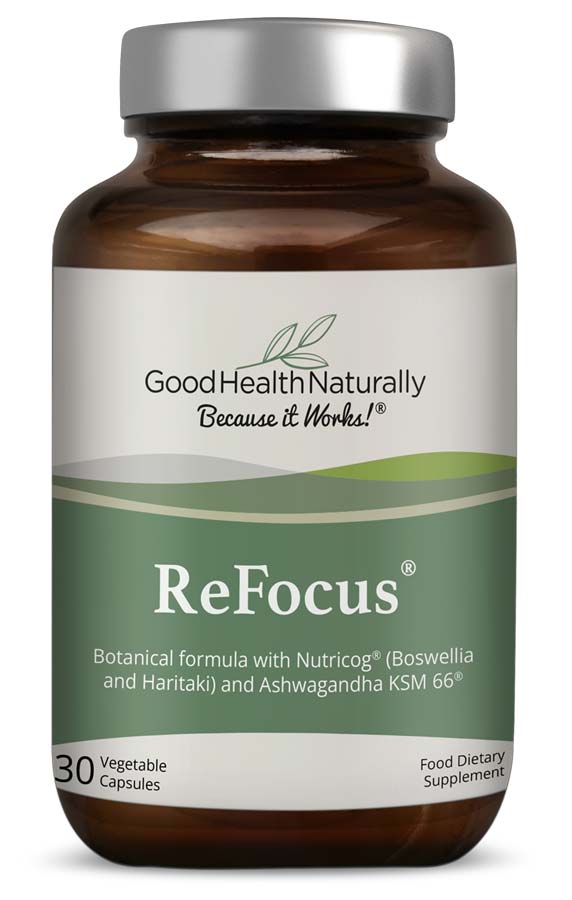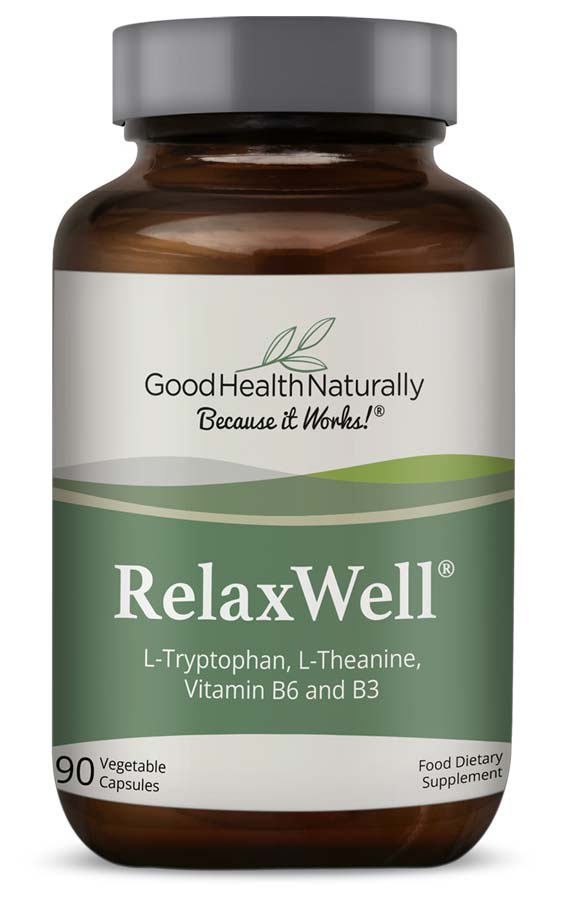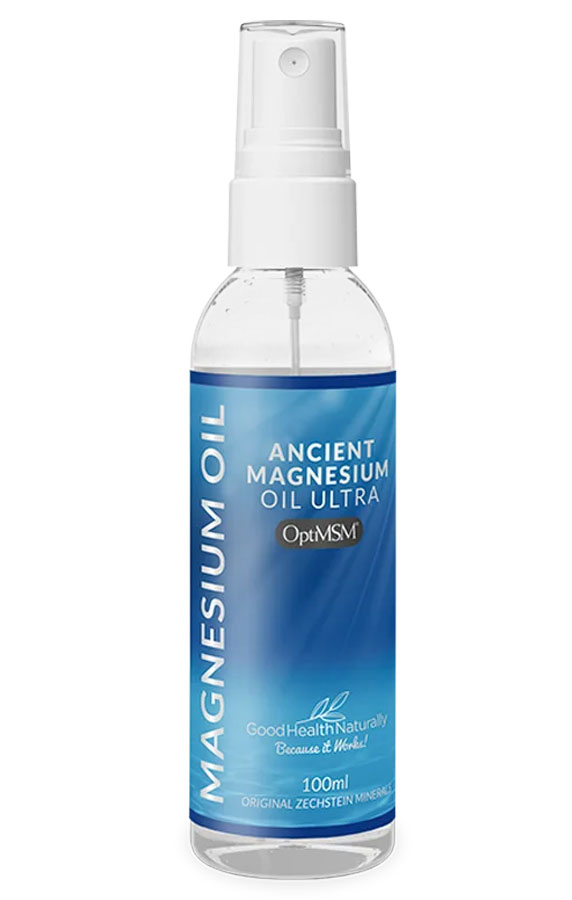Introduction
The idea that our thoughts can influence our physical health is both ancient and modern. From the teachings of ancient philosophers to cutting-edge scientific research, the connection between mind and body is well-documented. Understanding how our thinking impacts physical well-being is essential for achieving overall health. This article explores examples of how the mind can affect the body and offers practical strategies to harness this power of thinking your way to good health.
Understanding the Mind-Body Connection
The mind-body connection refers to the dynamic interplay between our mental and physical states. Psychosomatic medicine studies how psychological factors contribute to physical health. Emotions, thoughts, and attitudes can directly influence physiological processes, potentially causing or alleviating physical symptoms.
For example, chronic stress can lead to many health conditions, including high blood pressure and heart disease. In contrast, positive thinking and stress management techniques can enhance immune function and promote healing.
Scientific Evidence Supporting the Mind-Body Link
Numerous studies have demonstrated the profound impact of the mind on the body.
In one outstanding example, researchers at Ohio University demonstrated the power of mental exercises in maintaining muscle strength. In this experiment, participants had one of their wrists immobilised in a cast for four weeks. The study divided participants into two groups: the researchers instructed one group to perform intense mental imagery exercises, imagining themselves flexing their muscles for 11 minutes five days a week, while the other group received no such instructions.
The results were striking. While both groups lost muscle mass, the group that performed the mental exercises maintained significantly more muscle strength. Specifically, the “mental exercisers” ended up being twice as strong as those who did nothing but stay still. This finding suggests that mental imagery can effectively stimulate neuromuscular pathways, helping preserve muscle strength even without physical activity. In other words, the body responds to what we think, not just what we do.
This study provides valuable insights into the mind-body connection, which suggests there could be potential applications for individuals immobilised due to injury or illness. By incorporating mental exercises, it might be possible to slow down muscle atrophy and maintain strength, offering a new avenue for rehabilitation and muscle preservation when physical movement is limited. Not only that, for those looking to get the most out of their exercises, with the minimum of effort and time involved, it would seem that if we fully focus mentally on what we are doing when exercising, as well as physically doing the exercise, then perhaps we could amplify the results or even get the same results in less time!
The Placebo Effect
Another well-documented phenomenon is the placebo effect. This phenomenon is when patients experience tangible improvements in health after receiving a treatment they believe to be effective, even if it has no therapeutic value. The mind’s belief in the treatment’s effectiveness triggers a series of physiological responses, demonstrating the mind’s significant role in the healing process.
Additionally, research has shown that mindfulness and meditation can reduce stress, lower blood pressure, and improve overall health. These practices, which encourage a calm and focused mind, have been shown to influence physical health positively.
Thinking Your Way To Good Health The Miracle Man Way
A more extreme example is that of Morris Goodman, often dubbed The Miracle Man. Morris was severely injured when the plane he was flying crashed. He spoke about his experience in an interview in 2006.
His neck was broken at the first and second cervical vertebrae, and he considered the crash had caused everything in his body to be destroyed. The only part of his body he could move was to blink his eyes. Once for yes, two blinks for no. The doctors said the best to hope for was that one day he might, just might, be able to sit in a wheelchair and blink his eyes. Yet eight months later, he walked out of the hospital.
When asked how the doctors explained that, he says they can’t. They said he’d be a vegetable all his life. Morris retorts that it doesn’t matter what they think. ‘What was really important was what I thought’! He has no swallowing reflex, so he thinks his food down. The accident destroyed Morris’s diaphragm, so he taught himself to breathe using his stomach. He has used the power of thinking and a lot of work to get on his feet again, literally and metaphorically. Since then, he has travelled the world as a motivational speaker, often to Fortune 500 company clients, spreading the message that ‘whatever the mind of man can conceive and believe, it can achieve’.
Practical Applications for Health Improvement
There are several ways to help us reach the point that Morris referred to: conceiving, believing, and achieving what we want in life, including our health. Positive thinking in itself isn’t enough if we don’t believe it’s achievable. Therefore, we need to go deeper.
Visualisations and guided imagery involve mentally picturing positive outcomes or healing processes. For example, athletes often use visualisation to enhance performance, and the same can also apply to health goals. Both repetition and reprogramming our patterns are critical aspects of the process here.
Meditation techniques, such as focused attention (concentrating on a single point, such as your breath) and loving-kindness meditations (cultivating feelings of love and compassion towards oneself and others), can help promote relaxation and emotional well-being.
Cognitive behavioural therapy (CBT) is a technique designed to help individuals reframe negative thought patterns and reduce symptoms of anxiety, depression, and chronic pain. By changing how we think, minute by minute, we can alter how we feel physically.
Tips for Incorporating Thinking Your Way to Good Health in Daily Life
- Spend a few minutes each day practising mindfulness. Focus on your breath, sensations, or surroundings without judgment.
- Use positive affirmations and thought reframing to replace negative thoughts with positive ones. Reframe challenges as opportunities for growth.
- Integrate relaxation techniques such as deep breathing, progressive muscle relaxation, or yoga into your daily routine to promote relaxation and reduce stress.
- Practise Tai Chi and Chi Gong mindfully to strengthen internal organs and keep the chi (energy) moving fluidly through the body.
The key here is repetition until the new thinking pattern becomes second nature and part of our being. This process is what Napoleon Hill refers to as consolidating ‘hypnotic rhythm’ in his book ‘Outwitting The Devil’ This book was written in 1938 but not published until 2012, most likely because of fears of its impact on the author and family due to its radical outlook and insights.
Conclusion
The mind’s power to influence the body is profound and well-supported by scientific evidence. Understanding and harnessing this connection can improve our physical health and overall well-being.
This isn’t to say we don’t also need nature’s gifts to help us along the way. Our bodies are nature; therefore, natural resources can help us heal. However, it is also critical to recognise that what we think and how we think significantly affect the process and can be the missing key to healing. It is reasonable to conclude the evidence shows that by combining nature’s healing powers with the power of the mind and thinking your way to good health, we can expect amplified results.







